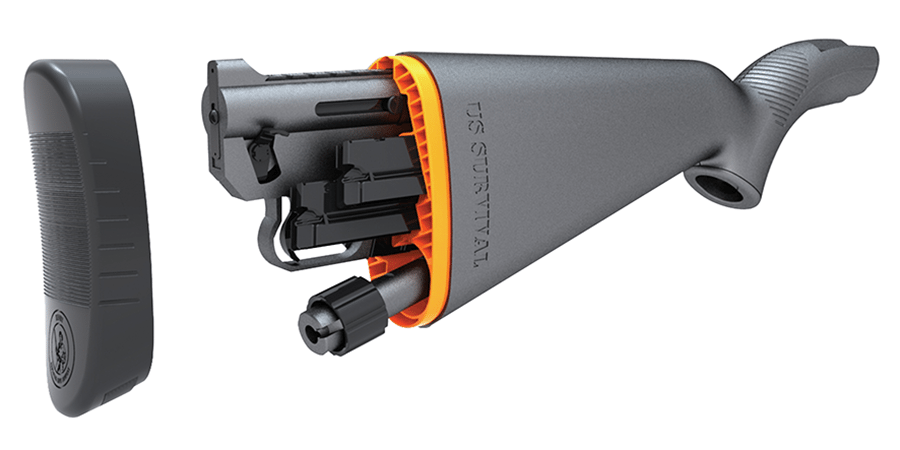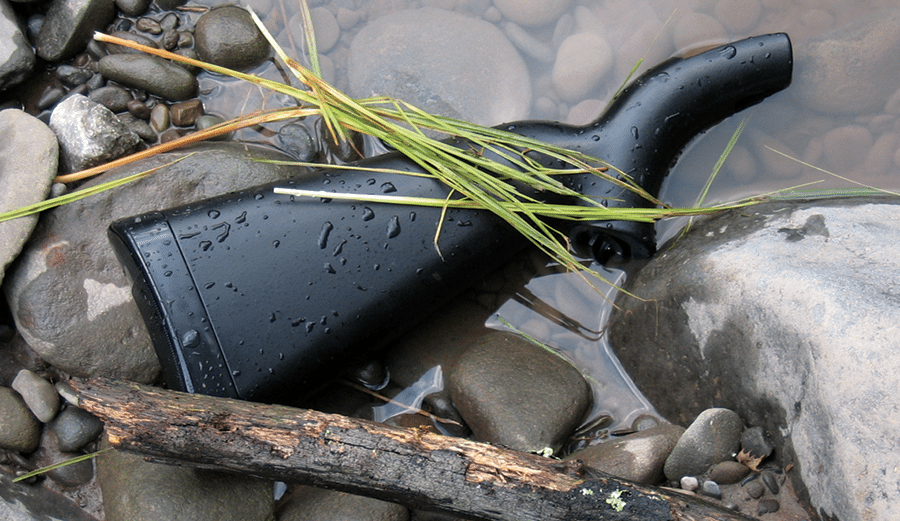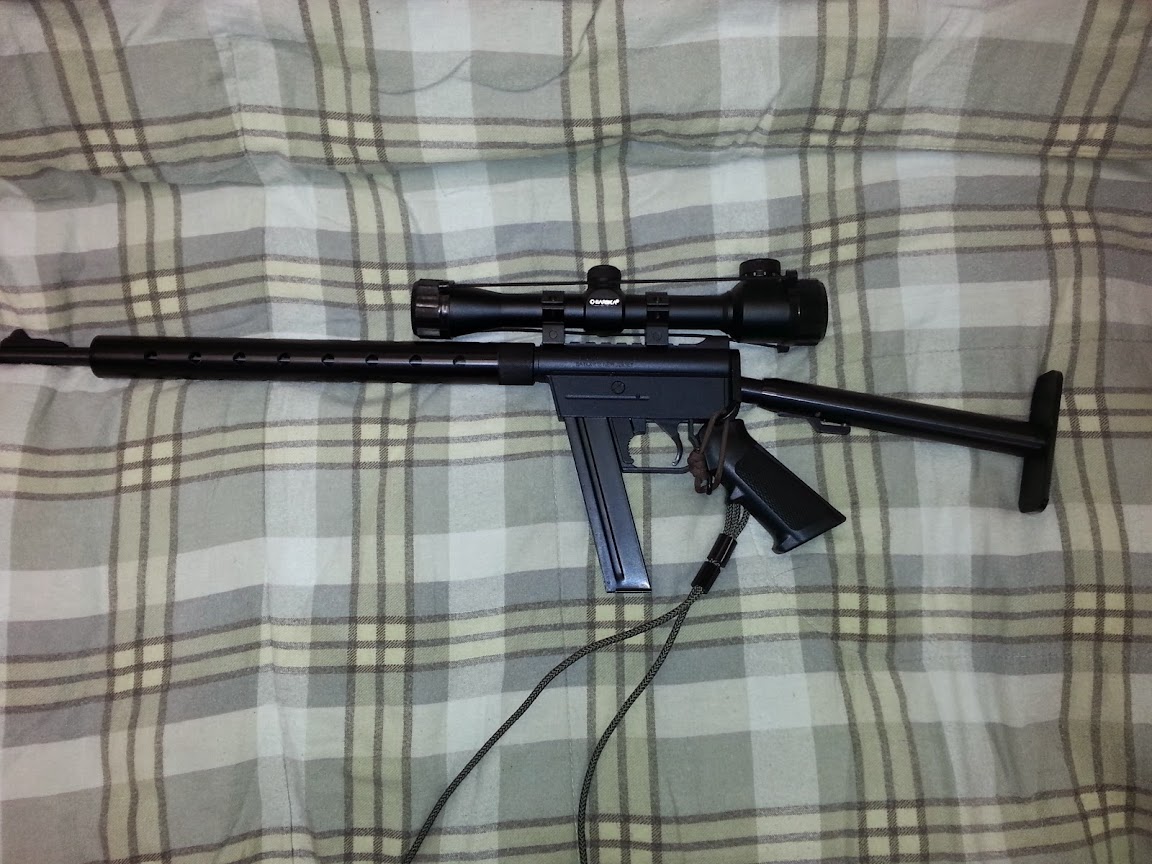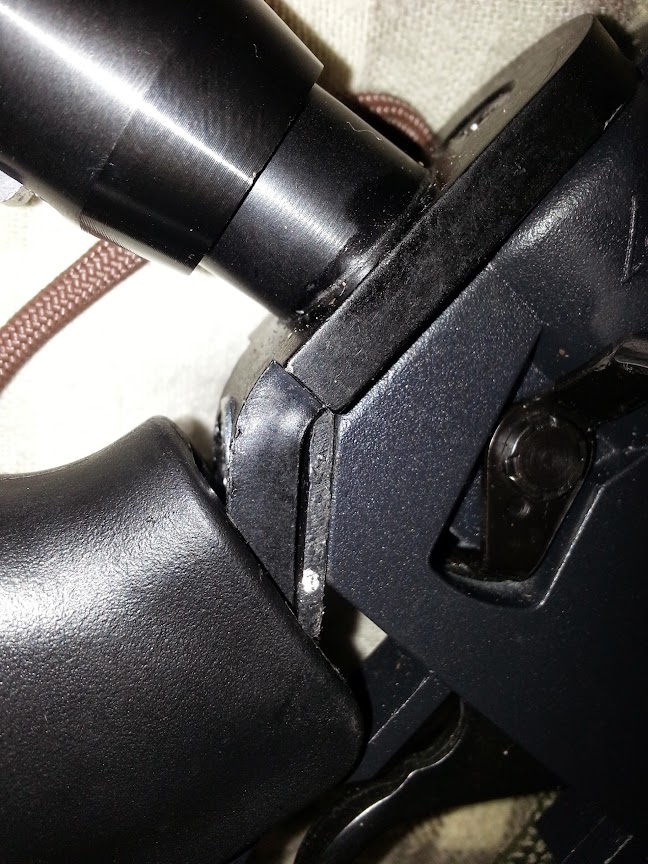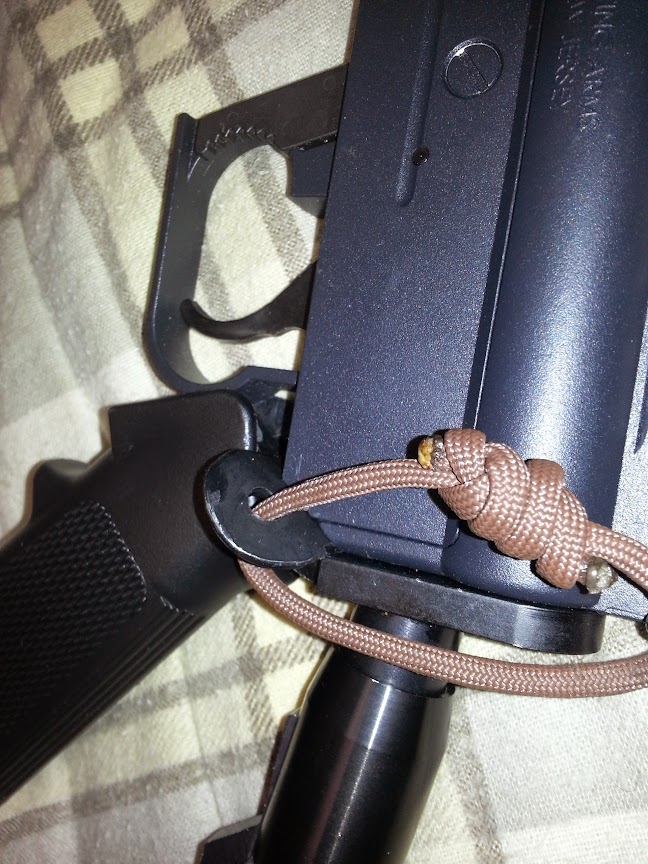by Woodsbum
My entire family (except for my brother whom I call “Magellan” as a sarcastic joke) have a great sense of direction. We all are able to walk around the woods, look at a map and terrain associated our location, always know where north is, and generally are able to find our way in the great outdoors without issue. It is just something that we “feel” and can do without having had much training. For years I have always said that there MUST be some part of the brain that is more developed in our family than most that provides us this gift. Now I can officially say that not only was I right, but that part of the brain is located in the entorhinal region. This article just came out and I am already starting to feel sorry for all the poor people I annoy with this tidbit of information.
Here is the article. I just copied and pasted it for you, but this is the original link.
The part of the brain that tells us the direction to travel when we navigate has been identified by UCL scientists, and the strength of its signal predicts how well people can navigate.
It has long been known that some people are better at navigating than others, but until now it has been unclear why. The latest study, funded by the Wellcome Trust and published in Current Biology, shows that the strength and reliability of ‘homing signals’ in the human brain vary among people and can predict navigational ability.
In order to successfully navigate to a destination, you need to know which direction you are currently facing and which direction to travel in. For example, ‘I am facing north and want to head east’. It is already known that mammals have brain cells that signal the direction that they are currently facing, a discovery that formed part of the 2014 Nobel Prize in Physiology or Medicine to UCL Professor John O’Keefe.
The latest research reveals that the part of the brain that signals which direction you are facing, called the entorhinal region, is also used to signal the direction in which you need to travel to reach your destination. This part of the brain tells you not only which direction you are currently facing, but also which direction you should be facing in the future. In other words, the researchers have found where our ‘sense of direction’ comes from in the brain and worked out a way to measure it using functional magnetic resonance imaging (fMRI).
“This type of ‘homing signal’ has been thought to exist for many years, but until now it has remained purely speculation,” explains Dr Hugo Spiers (UCL Experimental Psychology), who led the study. “Studies on London cab drivers have shown that the first thing they do when they work out a route is calculate which direction they need to head in. We now know that the entorhinal cortex is responsible for such calculations and the quality of signals from this region seem to determine how good someone’s navigational skills will be.”
In the study, 16 healthy volunteers were asked to navigate a simple square environment simulated on a computer. Each wall had a picture of a different landscape, and each corner contained a different object. Participants were placed in a corner of the environment, facing a certain direction and asked how to navigate to an object in another corner.
“In this simple test, we were looking to see which areas of the brain were active when participants were considering different directions,” says Dr Spiers. “We were surprised to see that the strength and consistency of brain signals from the entorhinal region noticeably influenced people’s performance in such a basic task. We now need to investigate the effect in more complex navigational tasks, but I would expect the differences in entorhinal activity to have a larger impact on more complex tasks.
Dr Martin Chadwick (UCL Experimental Psychology), lead author of the study, said: “Our results provide evidence to support the idea that your internal ‘compass’ readjusts as you move through the environment. For example, if you turn left then your entorhinal region should process this to shift your facing direction and goal direction accordingly. If you get lost after taking too many turns, this may be because your brain could not keep up and failed to adjust your facing and goal directions.”
There is a follow on piece that discusses how our brain actually accomplishes this amazing feat. It breaks down the specifics of what is happening and how they set up their experiment to isolate the navigation center in the brain. All in all, I feel that they did a great job in bringing this new information to us. It would be interesting to see if additional practice and usage of navigating skills would increase the amount of activity in that region over time. I will keep my eyes on this study to see what other variables and factors they include in later research.




